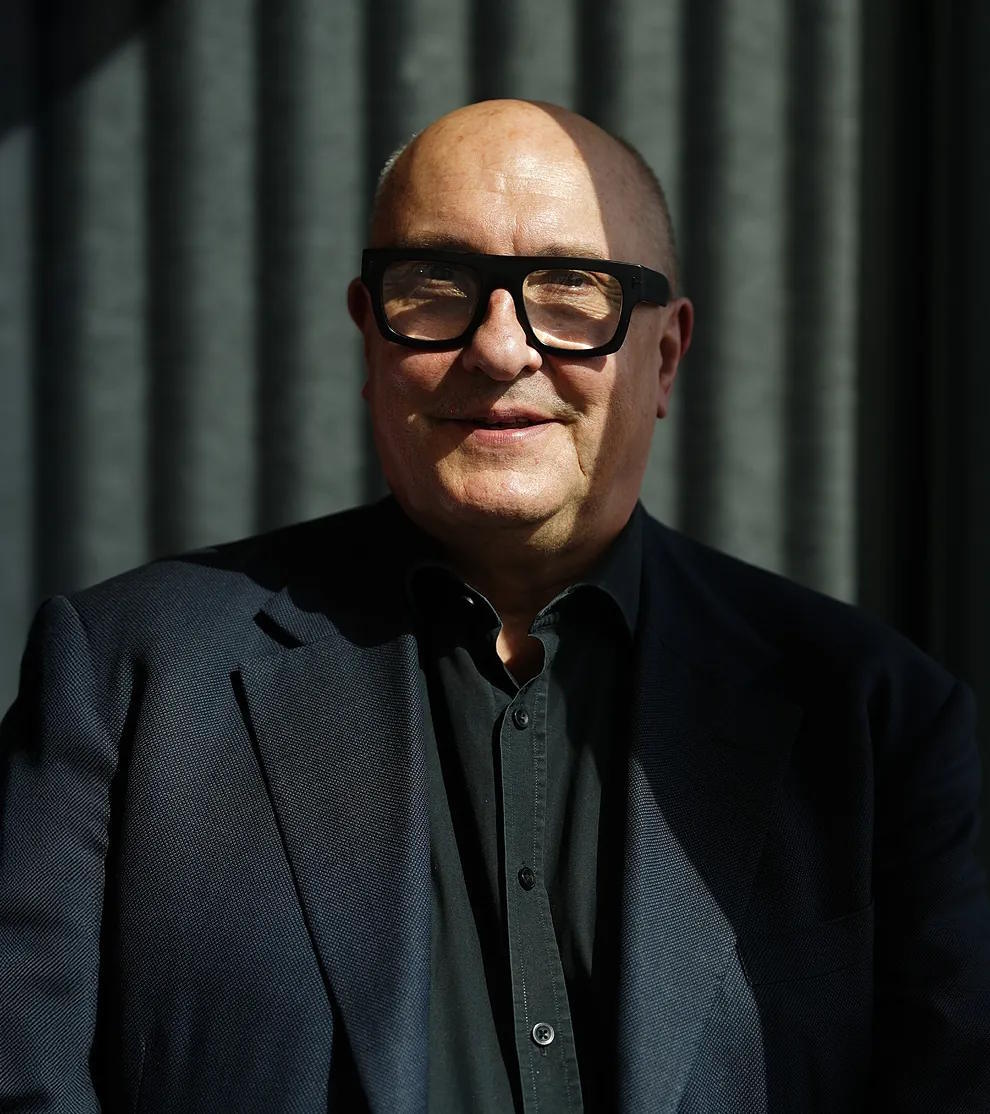As a child, Stephen Hawking loved going to the Science Museum in London: "When they were on vacation, his mother would leave his sister Mary at the Natural History Museum, his sister Philippa at the Victoria and Albert Museum, and Stephen at the Science Museum; and pick them up at the end of the day." The anecdote about the famous British astrophysicist is told by Roger Highfield, (Griffithstown, Wales, 1958), Ph.D. in chemistry from the University of Oxford, journalist, and scientific director of the Science Museum Group (which includes the Science Museum in London and four other British museums).
Before taking on this position in 2011, Highfield was the science editor of the newspaper The Daily Telegraph for two decades, and spent four years at the magazine New Scientist, so throughout his career, he was able to interview and meet Hawking several times, who passed away in 2018, and whom he describes as "a brilliant scientist, communicator, activist, and global icon."
Hawking died at the age of 71. When he was 21, he was diagnosed with the degenerative disease that left him in a wheelchair, and although he was only given one or two years to live, amyotrophic lateral sclerosis (ALS) did not prevent him from having a long and prolific personal and professional career, during which he contributed to unraveling the mysteries of the cosmos with his research on black holes or the Big Bang.
Some of the encounters between Roger Highfield and Stephen Hawking took place at the Science Museum, to which the scientist remained attached throughout his life, as a fan. But it was after his death that the journalist had the unexpected opportunity to get to know him through the five hundred objects in his office at the University of Cambridge.
In 2021, Hawking's family reached an agreement with the British government for the contents of his office to be preserved by the University of Cambridge and the Science Museum Group. The plan is to reconstruct it at the Science Museum in London, in a completely new gallery: "We know how everything was arranged because we have laser-scanned the office," Highfield says during an interview in Madrid. During his recent visit to Spain, he participated in several events organized by IE University, including the presentation of the Jaipur Literature Festival, in Valladolid.
While Highfield prepares that exhibition about the world's most famous scientist's office, he offers a preview in his latest book, Stephen Hawking: Genius at Work ('Un genio en el trabajo', published in English by DK). A behind-the-scenes journey through a sanctuary that he describes as "a time machine, and not only to the past," as his documents and everyday or personal items are the axis to narrate both his scientific theories, aspects of his life, traits of his personality, or his obsessions.
Among the most iconic objects is a blackboard, with scribbles, drawings, and equations that he kept as a memento of an important conference in 1980. "It was the Nuffield seminar on superspace and supergravity. Hawking and his colleagues thought that with supergravity, they had found the answer to unite the two great theories of science, which are quantum mechanics, which governs the world of atoms, and general relativity, which describes the universe on a large scale. It wasn't, but they were very excited. And this blackboard was always with him," he recalls.
